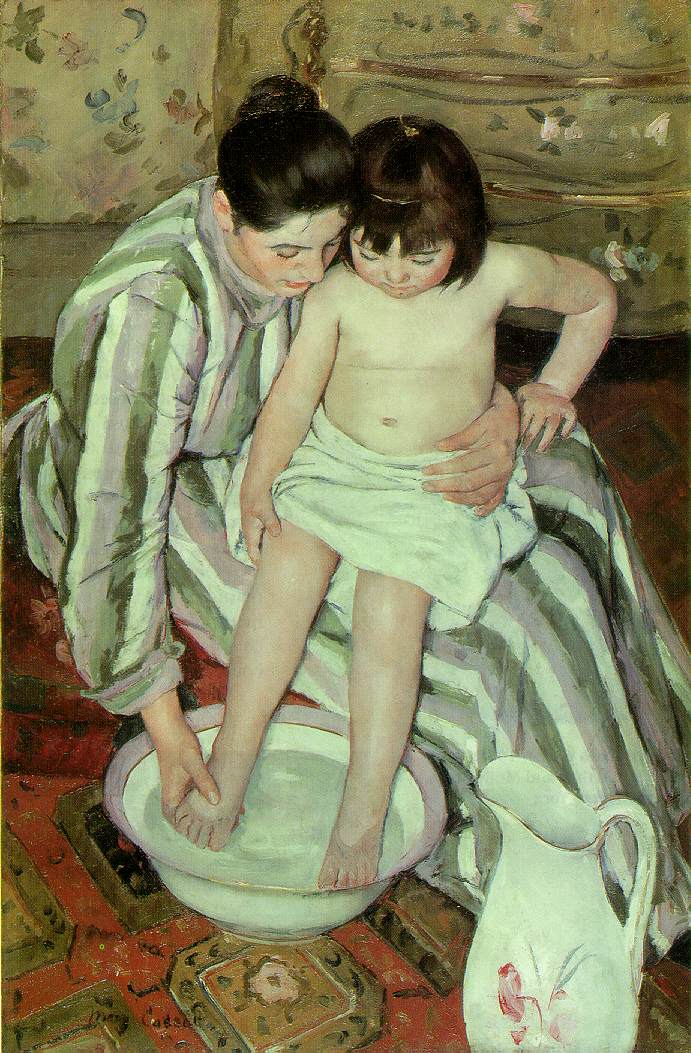Note: There seems to be a little Homer Simpson in my character design.
In The Garden:
 |
| The Selfish Giant finds children playing in his garden. |
"'What are you doing here?' he cried in a very gruff voice, and the children ran away.
'My own garden is my own garden,' said the Giant; 'any one can understand that, and I will allow nobody to play in it but myself.' So he built a high wall all round it, and put up a notice-board."
TRESPASSERS
WILL BE
PROSECUTED
WILL BE
PROSECUTED
 |
| Characters: Snow, Frost, Hail and The North Wind from The Selfish Giant |
"Only in the garden of the Selfish Giant it was still winter. The birds did not care to sing in it as there were no children, and the trees forgot to blossom. Once a beautiful flower put its head out from the grass, but when it saw the notice-board it was so sorry for the children that it slipped back into the ground again, and went off to sleep. The only people who were pleased were the Snow and the Frost. "Spring has forgotten this garden," they cried, "so we will live here all the year round." The Snow covered up the grass with her great white cloak, and the Frost painted all the trees silver. Then they invited the North Wind to stay with them, and he came. He was wrapped in furs, and he roared all day about the garden, and blew the chimney-pots down. "This is a delightful spot," he said, "we must ask the Hail on a visit." So the Hail came. Every day for three hours he rattled on the roof of the castle till he broke most of the slates, and then he ran round and round the garden as fast as he could go. He was dressed in grey, and his breath was like ice."
The Death of the Selfish Giant:
 | ||
| A good life. |
"And the child smiled on the Giant, and said to him, "You let me play once in your garden, to-day you shall come with me to my garden, which is Paradise."
"And when the children ran in that afternoon, they found the Giant lying dead under the tree, all covered with white blossoms."
------------------------------
Read the entire short story of The Selfish Giant
View more of my artwork at: www.spencerhallam.com


















